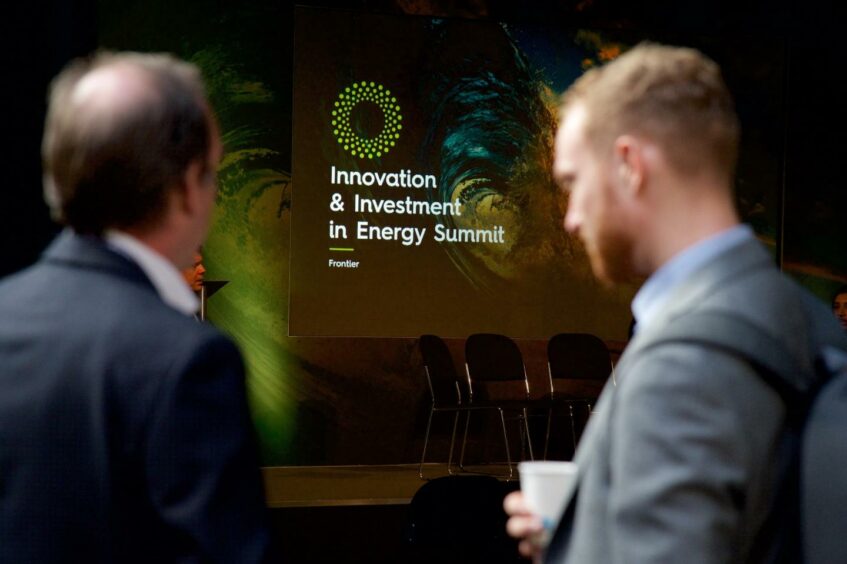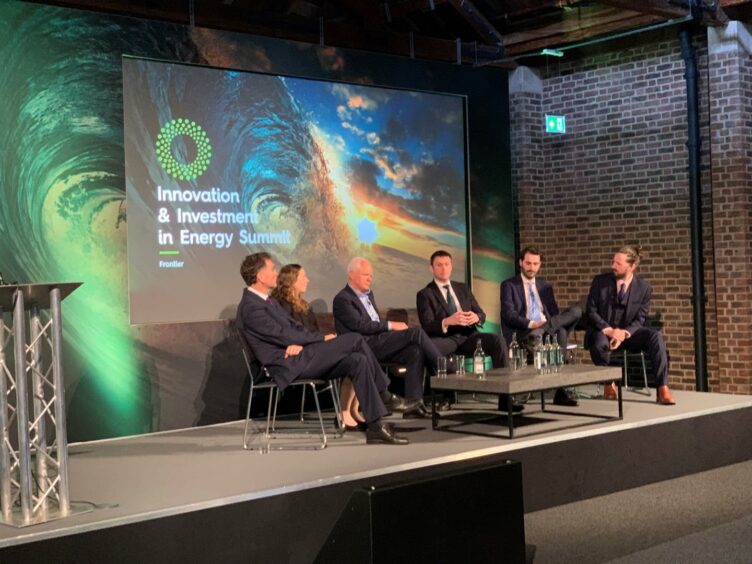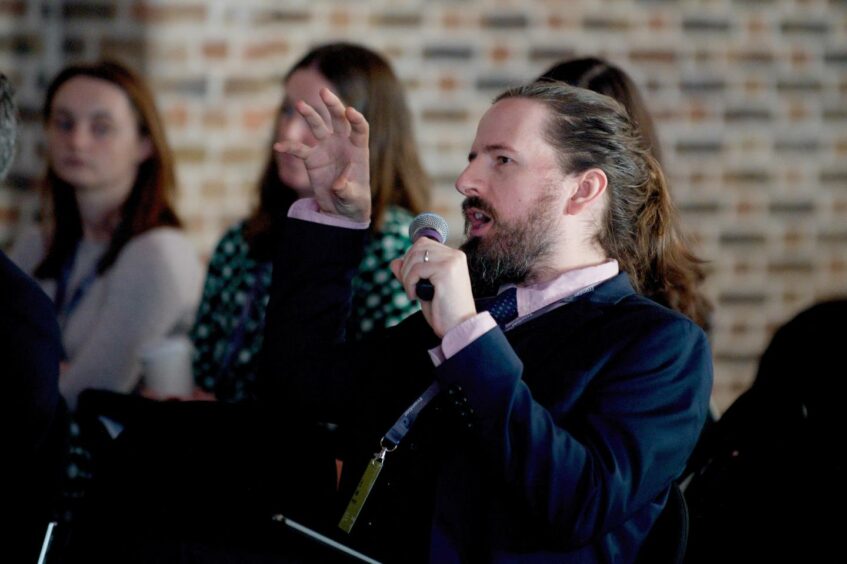
Industrial clusters are critical to shifting to low carbon energy to continue operating in the UK.
The government picked two to go ahead in October last year, with the East Coast Cluster and Hynet. The first covers two areas, in Teeside and the Humber.
“The East Coast Cluster offers the opportunity to store 20 million tonnes per year of CO2 by the year 2030, from a standing start,” managing director of the Northern Endurance Partnership Andy Lane told the Innovation and Investment in Energy Summit, organised by Frontier Energy, in February. “That’s a material impact on the UK’s emissions.”
Liverpool Bay CCS director Martin Currie highlighted the opportunities on England’s west coast for CO2 storage. Eni struck 19 early stage agreements in February with companies eager for CCS. The initial phase will involve the storage of 4.5mn tpy of CO2, with a longer term target of 10mn tpy.
Where the East Coast Cluster will use a saline aquifer to capture CO2, HyNet has espoused the appeal of storing the gas in gas fields. Without the move to CCS, the fields would be decommissioned by 2025, at a cost to Eni and the UK government.
While most of HyNet’s facilities are already existing, and therefore lower cost to shift to CCS, there is a plan to build a 35 km pipeline.
Front-end engineering and design (FEED) studies are under way on the project and a final investment decision (FID) should be taken in 2023. This would allow it to begin capturing CO2 in 2025.
Collaboration complexity
“Using these reservoirs has a lower compression cost than compared to other projects,” Currie said. The operator will be able to “free flow CO2 into these reservoirs. It’s a lower capital project. It’s not complicated technically, the complexity is on the commercial side and in the interaction with the other collaborators.”
East Coast’s Lane also highlighted this challenge of interaction.
“The most complicated thing is the interaction between the different participants and the government,” Lane said. The regulatory focus has to balance the needs of industry, power, hydrogen, bioenergy with carbon capture and storage (BECCS) and infrastructure. “Linking those things together is challenging and, as with all chains, the risk is where the bits fit together.”
There may be challenges in fitting the pieces together, but the appetite for major CCS projects in the UK is clear.
“Globally speaking, the UK is for sure the centre of the world in this particular area right now. It’s going to be so exciting seeing these projects move off the drawing board and into reality. We’re at an incredibly exciting stage,” Currie said.
He went on to say CCS was “fundamental” for the majors. “This type of activity is fundamental for big oil and gas companies. They can’t be oil and gas companies anymore, they’re energy companies.”
Cutting emissions
Hydrogen is set to play a role in cutting emissions through the HyNet project. The cluster’s project manager Rachel Perry said: “HyNet will deliver hydrogen directly to industrial users, who will switch from traditional natural gas. We are also looking at opportunities for blending at up to 20% hydrogen into local transmission systems, in collaboration with HyNet partner, Cadent Gas. HyNet could also provide hydrogen as a potential fuel for heavy transport.”
HyNet plans to install up to 3.8 GW of hydrogen capacity by 2030, a significant proportion of the UK’s target of 5 GW of low carbon production by that point.
Power plans will also play a part. The UK government, in the same month it announced its support of the two clusters, also committed to decarbonising the electricity system by 2035.
Renewable energy has a major part to play in the government’s hopes, particularly around wind. However, the country will continue to need dispatchable power to fill in the gaps when the wind is not blowing or the sun not shining.
BP’s Net Zero Teesside Power (NZT Power) is one such project that aims to be a first of a kind project. It will be fully integrated with carbon capture, with emissions being stored in the Northern Endurance Partnership’s offshore reservoir.
Upping efficiency
Another project in the cluster aims to tackle the problem in a slightly different way.
Sembcorp Energy UK (SEUK) is working on the planned 350 MW Whitetail Clean Energy plant at Wilton International on Teesside. The plant should be operational by 2026 and will capture around 800,000 tonnes per year of CO2.
The technology used at Whitetail is superior to that of a conventional CCGT plant with CCS, SEUK’s corporate affairs director Michael Jenner said.
“It captures more carbon, 98% of the carbon that comes out of this plant is captured. That compares with about 90% for a CCGT with CCS,” he said. The plant is also flexible and can ramp up and down faster and is more efficient.
Whitetail will see gas combusted with oxygen, with supercritical CO2 driving the turbine. The plant captures the CO2 in a closed loop, recirculating the gas.
“This is a great opportunity to learn globally for our company. I think every company is looking at the UK as a crucible for discovery,” Jenner said.

 © Supplied by Frontier Energy
© Supplied by Frontier Energy © Supplied by Frontier Energy
© Supplied by Frontier Energy